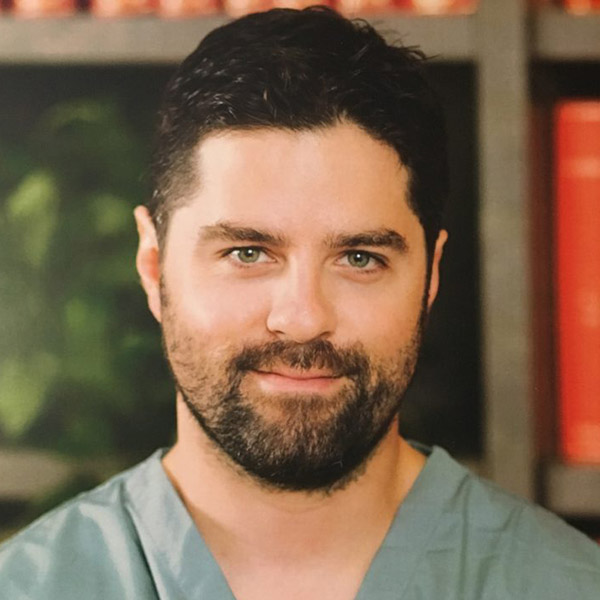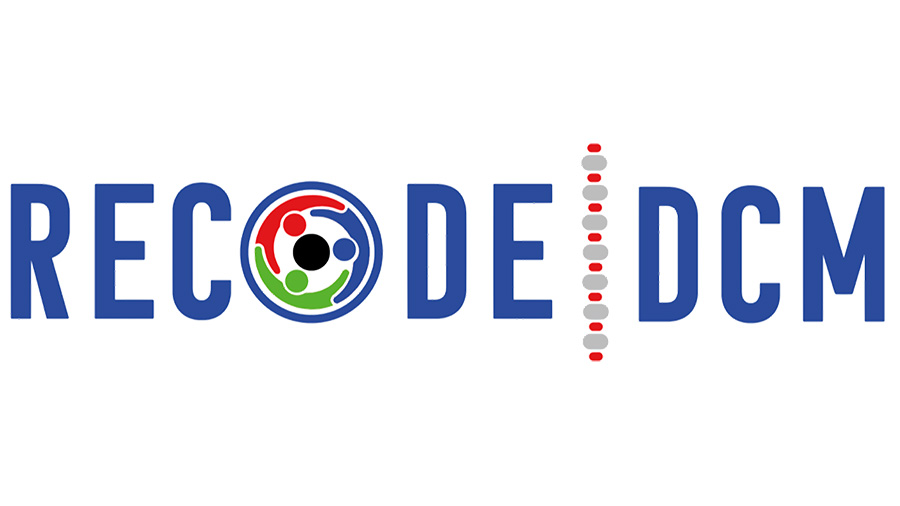Traumatic incomplete tetraplegia without instability

AO Spine Knowledge Forum Spinal Cord Injury (SCI) has embarked on a new study into examining a battery of outcomes for cases of traumatic incomplete tetraplegia without instability. Announcing the new study, Principal Investigator Jefferson Wilson and KF SCI Chairperson Brian Kwon said that patients with milder injuries (those classed AIS Grade D) are an understudied group in the field of SCI, but their numbers are growing.
Traditionally, surgical decompression has been used for patients showing spinal cord injuries (SCIs) graded A to C on the impairment scale (AIS) devised by the American Spinal Injury Association (ASIA). Also, the examination devised by the International Standards for Neurologic Classification of Spinal Injury (ISNCSCI) focuses solely on motor/sensory function and doesn’t consider other issues that patients with milder cervical injuries experience.
There is, however, a growing epidemiologic trend for acute cervical SCI in elderly patients because of low-energy trauma, for example due to falls from standing height, or hyperextension of the neck.
The challenge in studying these patients relates to identifying outcome measures that capture clinical changes. Therefore, the primary goal of the feasibility study is to understand which outcome assessments will capture the aspects of neurologic impairment that may not be well represented in a standard SCI examination alone.
Spinal compression without fracture
One of the most common forms of spinal cord injury today is caused when someone with an already narrowed cervical spinal canal suffers a hyper-extension injury and ’pinches’ the spinal cord. “When this occurs, often there is no spinal fracture requiring stabilisation, but the spinal cord can be quite compressed,” Wilson explains. “Historically, these injuries have been treated with ’observation’ because many people will experience significant recovery of motor function.”
Unfortunately, in Wilson’s and Kwon’s experience, many will also continue to have very disabling symptoms that affect their quality of life such as gait impairment, neuropathic pain, spasticity, bladder dysfunction and hand function/dexterity. Many of these symptoms are not captured by simply measuring their muscle strength in the arms and legs, as is done with the standard neurologic examination.
There has already been a lot of discussion around whether such patients may also benefit from having their spinal cord surgically decompressed, as is the case with more severe injuries. “The problem is that it is difficult to prove that such surgical intervention is truly beneficial, because many patients recover considerable motor strength without any surgery,” says Kwon. “It is possible, however, that the benefit from surgery might be seen in metrics other than simply motor strength. For example, there may be effects from surgery that could be observed in mitigating neuropathic pain, spasticity, balance impairments, and bowel/bladder dysfunction.”
Wilson and Kwon point out that conducting a battery of outcome measures to try to capture these other issues is challenging. “So, the first question that we seek to answer in our study is whether it is feasible to capture these different outcome measures on patients with this injury. Determining what can be measured in this population will help to define the outcome measures that can be used to ultimately determine if early surgery is beneficial for these patients.” This is important because the management of these patients remains one of the most controversial areas in spinal cord injury management.
Viability of spinal decompression surgery
Work on the study, titled Traumatic Incomplete Tetraplegia Without Instability: a prospective multicentre feasibility study of outcomes and prognosis or IN-TWIN for short, has already begun and is being conducted in collaboration with AO ITC clinical evidence team. It is intended to analyse 50 patients across 10 centres globally over two years with full results announced in 2027. The study sites will be based in 4 out of 5 AO regions and each will be led by a principal investigator.
| Study Site Site: | Code: | Principal Investigator: |
| Baltimore, USA | BAL | Bizhan Aarab |
| San Francisco, USA | USF | Anthony DiGiorgio |
| Toronto, Canada | TOM | Jeff Wilson |
| Vancouver, Canada | VAH | Brian Kwon |
| Toronto, Canada | TOH | Michael Fehlings |
| Milwaukee, USA | MIF | Aditya Vedantam |
| Murnau, Germany | MUB | Lukas Grassner |
| Porto, Portugal | POU | Ricardo Rodrigues-Pinto |
| New Delhi, India | NDS |
Harvinder Singh Chhabra |
| Sao Paulo, Brazil | SAC | Alexandre Fogaca Cristante |
“When most people think of ‘tetraplegia’ or ‘quadriplegia’ they think of someone who is paralysed from the neck down who has the lost function of both their arms/hands and legs,” says Jeff Wilson. “But what we are looking for are individuals who have only a ‘mild’ form of paralysis where most of the muscle groups are still working well. These people often have good strength in the legs and may only have symptoms affecting their hands. Typically, there is no fracture and thus no ‘instability’ of the neck, which is important because then there is no mandate to do surgery to stabilise the spine. The question that then remains is whether they should have their compressed spinal cord decompressed surgically.”
Patients will be assessed at the baseline visit and followed up at three and six months. The core outcome assessments include: neurological status, patient-reported outcomes, the Spinal Cord Independence Measure (SCIM), gait and balance evaluations, and upper extremity impairment evaluation using grip and pinch strength.
For KF SCI, success would be showing that it is feasible to run a battery of tests that cover many aspects of function that are not captured by the standard neurologic examination. This would allow the global expert clinical research group to plan a larger study that examines the effect of early surgical decompression on these patients.
About the Principal Investigators:
You might also be interested in:
AO Spine Knowledge Forum Spinal Cord Injury (SCI)
Building on worldwide research partnerships for global impact, defining new treatment approaches, and addressing critical knowledge gaps.
AO Spine RECODE-DCM
Landmark study on research objectives and common data elements for degenerative cervical myelopathy (DCM).
Global Spine Congress (GSC)
One of the largest annual spine meetings, bringing together thousands of spine surgeons from around the world.






